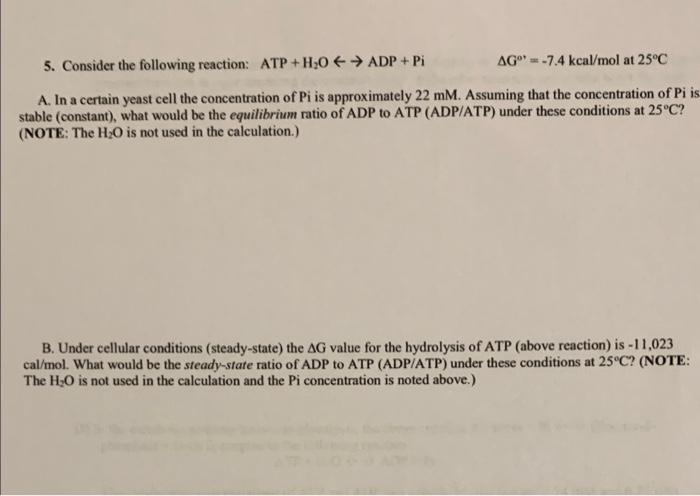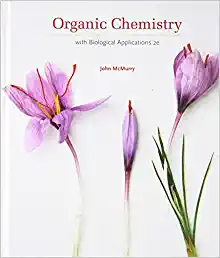Question
Consider the following reaction: ATP+H20 ADP + Pi AGO =-7.4 kcal/mol at 25C A. In a certain yeast cell the concentration of Pi is approximately
Consider the following reaction: ATP+H20 ADP + Pi AGO =-7.4 kcal/mol at 25C A. In a certain yeast cell the concentration of Pi is approximately 22 mM. Assuming that the concentration of Pi is stable (constant), what would be the equilibrium ratio of ADP to ATP (ADP/ATP) under these conditions at 25C? (NOTE: The H20 is not used in the calculation.)
B. Under cellular conditions (steady-state) the AG value for the hydrolysis of ATP (above reaction) is -11,023 cal/mol. What would be the steady-state ratio of ADP to ATP (ADP/ATP) under these conditions at 25C? (NOTE: The H20 is not used in the calculation and the Pi concentration is noted above.)

Step by Step Solution
There are 3 Steps involved in it
Step: 1

Get Instant Access to Expert-Tailored Solutions
See step-by-step solutions with expert insights and AI powered tools for academic success
Step: 2

Step: 3

Ace Your Homework with AI
Get the answers you need in no time with our AI-driven, step-by-step assistance
Get Started


